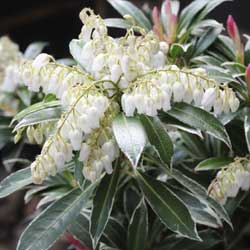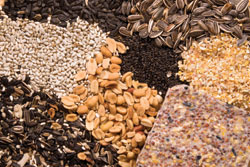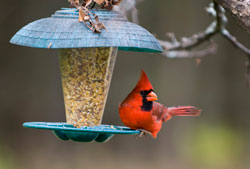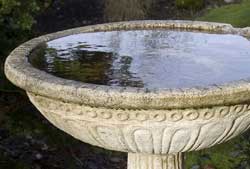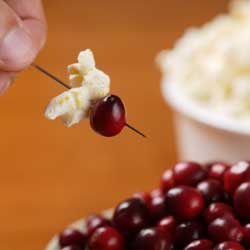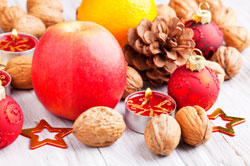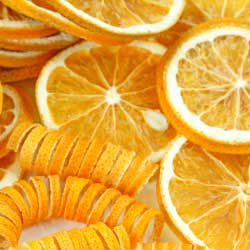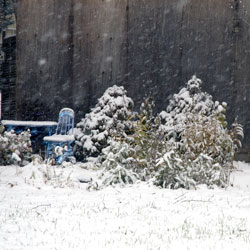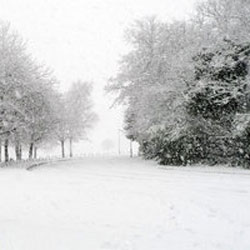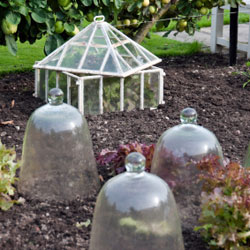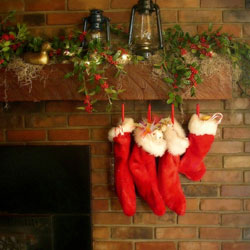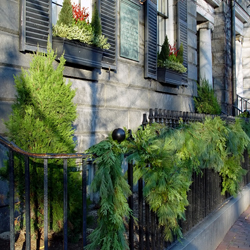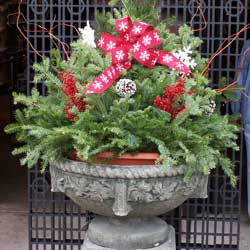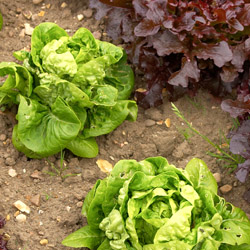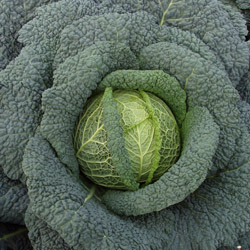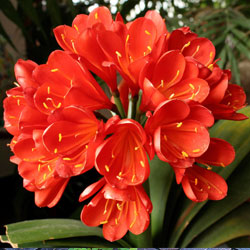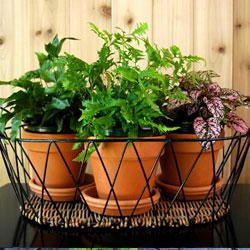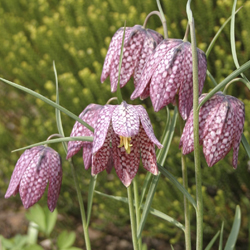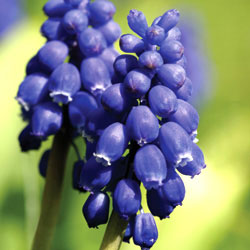Winter wind and sun are responsible for much of the injuries your landscaping plants will sustain over the winter. The elements are especially hard on broadleaf evergreens such as rhododendrons, hollies, mountain laurel and boxwood. Being evergreen, these plants are constantly losing moisture through their leaves, but since the ground is frozen, the water in the soil is unavailable and they cannot replenish their supply. Drying winter winds and bright, reflecting sun only serve to compound the problem. Fortunately, there are a number of ways to prevent this.
- Make certain that the plants have plenty of water before the ground freezes as a plant in a water deficit situation is much more prone to winter injury. Keep watering plants until the first freeze, but water slowly so the ground is not saturated which would lead to ice heave and root damage.
- A heavy mulch of shredded bark or leaves, pine needles or straw can be spread around the plant to a depth of 3-5 inches. This will help preserve moisture in the soil and keep the soil warmer so delicate roots are not as easily damaged by ice and frost.
- To reduce the effects of the winds, wrap shrubs with burlap or other breathable fabric. This not only breaks the force of the wind, but also shades the plants from sun. Do not, however, wrap plants in plastic or tarps that would restrict air flow completely, or the plants may smother. Another option is to use Wilt-Pruf. It is sprayed on the plant to reduce the loss of moisture caused by wind and sun.
- Remember, younger plants, saplings and newly planted shrubs are more subject to winter damage so take special care of these. Plant as early as possible so they have more time to get established before winter sets in, and keep a close eye on them to minimize any storm damage through the season.
- After a heavy storm, inspect your trees and shrubs for damage. If boughs or branches have broken, prune them away immediately so they do not continue to tear and cause more injury to the plant. Use a soft broom to brush off a heavy accumulation of snow if needed, but do not try to melt away any accumulated ice or frost, as the temperature change can damage the plants.
With good preparation and conscientious care, your trees and shrubs can withstand even the cruelest of winter cold and storms, and they’ll be bursting into new spring growth before you know it.
